|
Productivity on construction projects is often low. We frequently see people and equipment standing idle on construction projects. There is also often rework on projects, with tasks having to be redone because of poor quality, or even because tasks were done out of sequence before previous tasks had been completed. We discussed productivity in our previous articles Construction productivity and How to improve construction productivity Even small productivity improvements, better use and utilisation of resources, can dramatically add to an increase in profits on your construction project. In this article we look at how you can improve productivity of your construction equipment. Improving productivity of construction equipmentEquipment is often hired or rented. Even equipment owned by the company is usually hired or rented by the project. The rental is per hour or day. But even equipment that’s rented per hour has to be paid a minimum number of hours per day – usually 8 to 9 hours. Equipment is never more productive than the operators. So, as discussed previously, many projects only get 7 hours production from their workers in a 10 hour day. Therefore the equipment will also only work 7 hours. But, even then there are things that reduce equipment productivity even further. Construction equipment teamsOften equipment works in a team. So with earthmoving equipment, there’s an excavator that loads trucks. If there aren’t sufficient trucks for the excavator then the excavator will stand waiting for the next truck. Obviously, if there are too many trucks then the trucks won’t be totally productive. The number of trucks required for an excavator to load depends on many factors. This includes, the size of the excavator and the size of the trucks. A bigger excavator will load trucks quicker, while large trucks will each take a bigger load. The time taken for the truck to travel from where it’s loaded to where it tips the load, plus the time taken to return, dictates the number of trucks required. This depends on the distance. So the shorter the distance the quicker the truck returns. It’s also dependant on the speed of the truck, which depends on the power of the truck – underpowered trucks could struggle to get going and battle up inclines. The speed is also affected by the quality of the road, so trucks travelling on roads which have lots of bumps and potholes will go slower. Obstructions in the road, other traffic (slow or stopped vehicles), congestion and other construction work will slow the trucks. Of course trucks usually must maintain a safe speed and keep within the project speed restrictions. It pays to maintain the haul roads (the roads trucks travel from loading to tipping) in good condition. Spending money to make good roads at the start of the project is often money well spent. Where possible, ensure the roads follow the shortest possible route and that loaded trucks are kept away from work areas and other vehicles. The efficiency of the operation is also impacted by how quickly the truck can get into the load position and how quickly it can move off. If the truck has to make numerous turns, backing in and out, it could waste several minutes while the excavator waits for the truck to get into position to be loaded. Loading should be planned so that the truck can easily drive in and out. Of course often the ground is being taken to a place where it must be levelled and compacted. This operation is part of the chain. If the grader, compactors and water trucks can process the ground quicker than the excavator and trucks can supply the ground, then the grader and compactor won’t be 100% productive because they’ll be waiting for more ground. But, if the grader and compactor can’t compact the ground quickly enough, then the excavator and trucks may be standing while they’re waiting for the compacting operation to catch up. If the excavator breaks down, then the whole operation stands. The same happens if the grader breaks down. The Alarming Truth about Using Old Construction Equipment The right size construction machineBut, it’s also about getting the size of equipment right. Small excavators take longer to load trucks. Small trucks are loaded quicker, so more trucks are required, and there’s more time wasted manoeuvring trucks into the loading position. But trucks which are too large might not be able to be loaded by excavators and loaders which are too small, or the excavator may only reach part of the truck, causing an uneven distribution of soil on the truck resulting in unused space on the truck, and the uneven distribution of the load could damage the truck suspension and the truck could even over topple. Equipment and trucks that are too big might be less manoeuvrable and unsuitable for congested work areas. Read What Size Equipment Is Right for Your Construction Project? Skilled operatorsExcavators can operate more efficiently with a skilled operator than one less skilled. An operator that can load a truck in say 4 minutes compared to one that loads the truck in 5 minutes is 20% more efficient. In an hour they could load 15 trucks versus 12 trucks the slower operator loads. Read Are you employing the right people on your construction project? In our next article we discuss construction equipment productivity further. 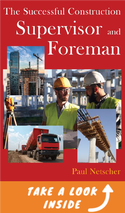 This article is an extract from the book 'The Successful Construction Supervisor and Foreman'. Do you want to learn how to manage construction projects successfullyPaul Netscher has written several easy to read books for owners, contractors, construction managers, construction supervisors and foremen. They cover all aspects of construction management and are filled with tips and insights.
Visit to read more. The books are available in paper and ebook from most online stores including Amazon. construction management construction project management
29 Comments
29/12/2020 06:02:11 am
There are many reasons for this poor record. Start with productivity or, rather, lack of it. Construction productivity has been flat for decades.
Reply
26/2/2021 03:08:53 am
I can see how a business could benefit from getting the right equipment in order to protect their employees when they are working up high. Making sure that they can get the right supplies from a professional could allow them to be more effective. It was interesting to learn about how they can be more efficient with the right equipment, with the right operators that are trained to work with them.
Reply
3/3/2021 12:17:46 pm
I am grateful that this post highlighted that using heavy equipment can actually help improve the productivity level. Assuming that I need some projects done seamlessly, it would make sense for me to rent an equipment like a crane. I will definitely look into my options when I survey around.
Reply
3/11/2022 03:01:30 pm
In general, the term "equipment productivity" refers to the amount of time a machine is actively working. The level of output increases with the workers' ability to execute their work more effectively. Poor equipment productivity is a major cause of many issues that contractors deal with, such as rising and unforeseen expenditures that result in budget creep.
Reply
< a href= "https://www.iloveaussie.com/basics-of-mini-excavators/">I Love Aussie</a>
16/11/2022 02:44:14 pm
This article is very knowledgeable and offers a lot of useful construction tips. They shared the most important factor of slow Construction Productivity because of their equipment. when it comes to Construction productivity no other equipment is better than Mini Excavators. Mini excavators are frequently used for a range of tasks, such as developing parking lots and constructing roads. Mini excavators are simple to use Because they are very user-friendly, and save contractors money and time.
Reply
16/11/2022 02:50:16 pm
This article is very knowledgeable and offers a lot of usefull tips regrading
Reply
I like that you pointed out that trucks can be loaded faster when a big excavator is used for the project. Since my husband and I wanted to have our dream house done this summer, we should invest in heavy hauling and construction services from those that can provide more manpower and huge pieces of equipment. We have enough budget for all of this after saving up for the past three years, and I can't wait to actually achieve this dream of ours this year.
Reply
18/9/2023 11:07:12 pm
I can understand how a company would profit by purchasing the appropriate tools to safeguard their workers when they are operating at heights. They might be more productive if they can ensure that they can obtain the appropriate materials from a specialist. It was intriguing to learn how they might operate more effectively with the proper tools and personnel who had received the necessary training.
Reply
22/9/2023 02:57:57 pm
I appreciate that the post emphasizes how using heavy machinery can increase productivity. Renting tools like a crane might make sense if I need a project completed without a hitch. I want to investigate my alternatives as I do more research.
Reply
22/9/2023 05:02:55 pm
I see the benefits of a company investing in tools to keep their workers safe at heights. This investment can lead to increased productivity by ensuring access to specialized materials and well-trained personnel for more effective operations.
Reply
22/9/2023 07:14:41 pm
Thank you for this insightful and informative blog post, it really helped me understand the topic better. Keep up the great work!
Reply
23/9/2023 08:19:18 pm
I recognize the advantages of a company's decision to invest in tools aimed at ensuring the safety of their employees when working at elevated heights. Such an investment can result in heightened productivity by guaranteeing access to specialized equipment and well-trained personnel, thus facilitating more efficient operations.
Reply
25/9/2023 11:37:16 pm
The blog also touches on the contribution of technology to increased productivity. Monitoring equipment utilization and spotting areas for increased efficiency may both be done with the aid of telematics and GPS tracking devices. Thanks a lot!
Reply
26/9/2023 08:26:13 pm
I understand the benefits of a company's choice to invest in tools designed to enhance employee safety when working at heights. This investment can lead to increased productivity by providing access to specialized equipment and well-trained personnel, ultimately making operations more efficient.
Reply
11/10/2023 02:02:12 pm
Great blog on construction equipment productivity! It's clear that efficiency and reliability are crucial in the construction industry, and this article provides valuable insights into how the right equipment can make a significant difference. Thanks for sharing this informative piece!
Reply
11/10/2023 06:49:30 pm
Looking forward to your future articles. Your expertise in this field is invaluable.
Reply
11/10/2023 10:56:15 pm
fantastic article The construction sector must maximize production and efficiency, and your views and advice are helpful in accomplishing these objectives. I appreciate you giving this useful information.👷🏗️📈
Reply
12/10/2023 09:24:40 pm
fantastic article! Anyone working in the subject of construction management will find the insights offered to be quite helpful. The costs and timeframes of a project may be considerably affected by knowing how to use equipment as efficiently as possible. I appreciate you sharing.
Reply
13/10/2023 04:13:34 pm
Amazing article! It's clear that a well-coordinated approach not only enhances productivity but also ensures the longevity of construction equipment. Looking forward to more informative pieces like this!
Reply
16/10/2023 07:25:50 pm
Great article! The insights on construction equipment productivity are valuable. It's crucial for the industry to optimize efficiency, and your tips provide practical solutions. Well-written and informative. Keep up the good work!
Reply
23/10/2023 10:00:04 pm
Great post on construction equipment productivity! It's essential for construction companies to maximize efficiency, and the right equipment plays a big role in achieving that goal. Proper maintenance and operator training are also key factors. Keep sharing such informative content! 👷♂️🏗️
Reply
3/11/2023 05:45:29 pm
I recognize the advantages of a corporation investing in tools to keep their employees safe at heights. This investment can boost production by providing access to specialized materials and well-trained workers for more efficient operations.
Reply
3/11/2023 11:44:23 pm
I can see the effort and time you put into crafting this post. It's evident that you're passionate about what you write. Thank you for sharing your knowledge.
Reply
6/12/2023 04:47:22 pm
Great article on construction equipment productivity! It's clear that optimizing machinery usage is crucial for efficiency on the job site. The tips provided are practical and easy to implement. Looking forward to more insights like these. Thanks for sharing!
Reply
15/12/2023 08:53:36 pm
Great read! The article on construction equipment productivity provides valuable insights into optimizing efficiency on the job site. The tips and strategies shared here are practical and relevant for anyone in the construction management field. It's evident that maximizing equipment performance is key to project success. Looking forward to more informative content like this. Thanks for sharing!
Reply
19/12/2023 09:32:27 pm
Great article on construction equipment productivity! The insights provided are really helpful for anyone in the construction management field. Understanding the key factors that impact equipment efficiency and your article does a fantastic job of breaking it down. I appreciate the practical tips and recommendations for improving productivity. Looking forward to more valuable content from your blog!
Reply
29/12/2023 07:11:03 pm
Thanks for sharing! I appreciate the emphasis on regular maintenance – a small investment that can make a big difference in long-term productivity. Looking forward to more articles like this!
Reply
25/1/2024 05:16:55 pm
Your commitment to understanding and addressing current challenges is what sets you apart. It's refreshing to see a consultancy that genuinely cares about its clients.
Reply
Leave a Reply. |
Archives
June 2024
Note: We welcome genuine comments, especially comments that add additional information to the subject matter in the article. We however reserve the right to remove inappropriate comments, which includes comments that have nothing to do with the subject, comments that include inappropriate language, and comments that are an advertisement for a product or company, or which include an advertising link. Comments must be in English. We will not enter into discussion on why a particular comment was removed.
CategoriesCopyright 2016 - The attached articles cannot be reproduced for commercial purposes without the consent of the author.
The opinions expressed in the attached articles are those of the writer. It should be noted that projects are varied and different laws and restrictions apply which depend on the location of the contractor and the project. It's important that the reader uses the supplied information taking cognisance of their particular circumstances. The writer assumes no responsibility or liability for any loss of any kind arising from the reader using the information or advice contained herein. "I have what I consider some of the best books on construction management."
Books are available from: Amazon.com Amazon.co.uk takealot.com kalahari.com Amazon.in Amazon.de Amazon.fr Amazon.it Amazon.com.au Powell's Fishpond uread bokus Amazon.ca Amazon.es Other retail stores Available in paperback or on Kindle "28 YEARS OF CONSTRUCTION PROJECT MANAGEMENT EXPERIENCE, DEVELOPING SUCCESSFUL CONSTRUCTION PROJECT MANAGERS AND BUILDING SUCCESSFUL CONSTRUCTION COMPANIES"
|
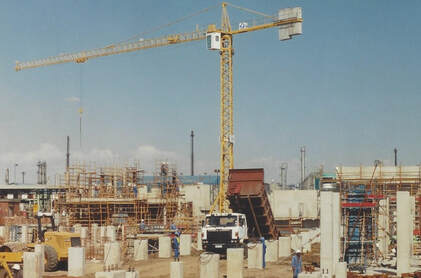
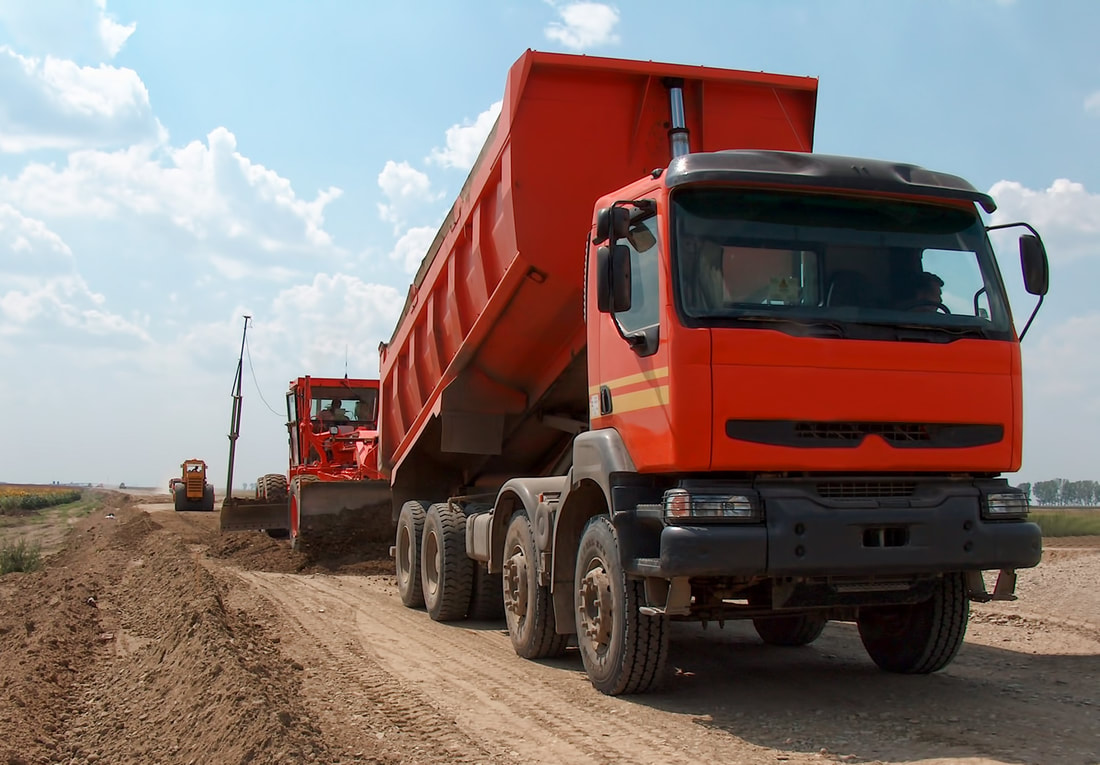
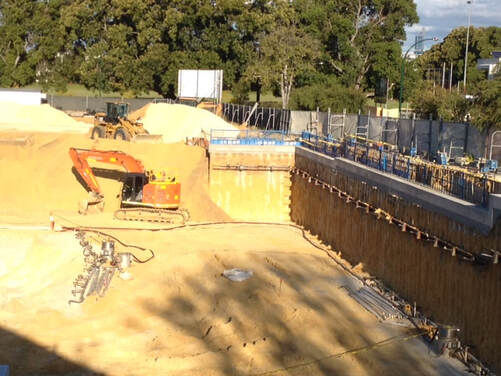

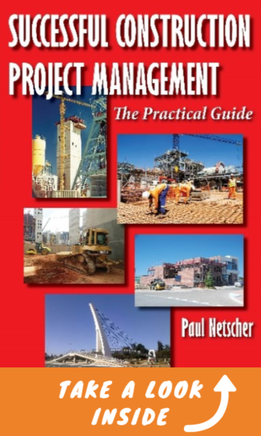


 RSS Feed
RSS Feed




